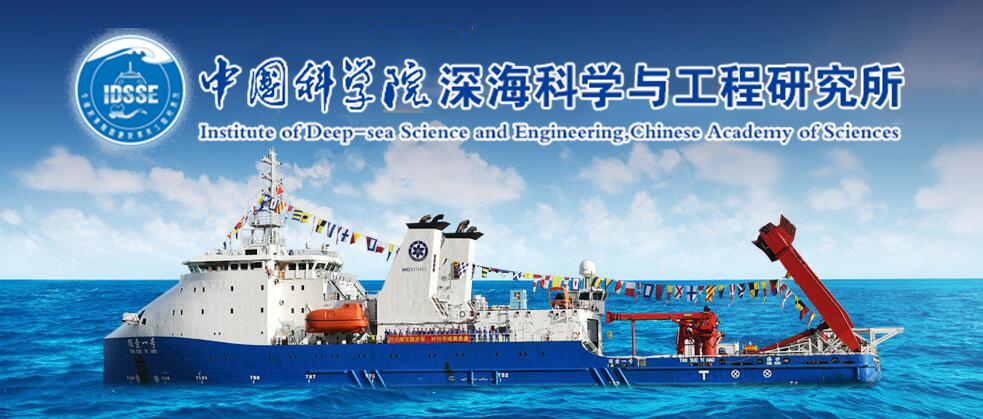Highly urbanized river deltas are hotspots for microplastic (MP) pollution, yet research on the transport and accumulation of MPs from these estuaries remains limited. This study employed a Lagrangian particle-tracking model to elucidate the pathways and accumulation of MPs originating from the Pearl River Estuary over a three-year simulation. The results indicated that Stokes drift was the predominant factor influencing the southwestward transport of MPs. This movement led to their accumulation along the northeastern and southeastern coasts of Hainan Island, with a potential extension towards the Gulf of Thailand and Malaysia during the autumn and winter seasons. The combined effects of Stokes drift and washing-off processes enable some MPs entering the Beibu Gulf through Qiongzhou Strait. The washing-off processes disrupted the seasonal variations of MP pathways, altering the spatiotemporal distribution of MPs across different regions of the South China Sea. These findings could facilitate the local policymaking and environment protecting.


 琼公网安备 46020102000014号
琼公网安备 46020102000014号
